The Maxim-Tokarev Light Machine Gun

One of the earliest and short-lived Soviet attempts at a light machine gun was developed in the 1920s by Fedor V. Tokarev at the Tula Arms Plant. This new concept emerged to make the most casualty-producing weapon more mobile. During this time, the Soviet military requested the rapid development of a light machine gun based on its analysis of previous conflicts.
The Maxim-Tokarev or MT light machine gun was developed following the end of World War I (1914-1917, Russia ended a year early) and the Russian Civil War (1917-1923) at the request of the Red Army in 1923. After testing, the MT was officially adopted on May 25, 1925, and entered service with the Red Army. This marked one of the Soviet Union's earliest light machine guns and provided the Red Army with enhanced mobility in its light machine gun capabilities. However, it would be one of the shortest-lived machine guns the Soviet Union produced.
During World War I and the Russian Civil War, the Soviet army relied on light machine guns from various foreign manufacturers. This led to a logistical nightmare, as using different models made obtaining spare parts and ammunition difficult.
Tokarev MT was developed using the well-known and trusted Maxim short recoil, toggle-locked action as the foundation for his design. Tokarev aimed to create a lighter machine gun that would enhance the firepower of the Red Army infantry. His design was influenced by the German MG08/15, a weapon the Russians had become familiar with during World War I. Although Russia had the original Maxim, its weight limited its mobility on the battlefield. Later, the Germans developed the MG08/18, a light-weight version of the MG08/15 infantry machine gun, and the MG08/18 weighed in at 31.9 lbs. (14.5 kg).
The MT light machine gun was designed to be lightweight, weighing 28.4 lbs. (12.9 kg) when unloaded. Tokarev made significant efforts to reduce the overall weight by implementing an air-cooled system. Additionally, the receiver features multiple lightning cuts to lighten the gun further. The MT features a weight-reduced receiver fitted with a rifle stock and a folding bipod attached to the barrel's perforated jacket. The barrel was also fluted to reduce weight further. The decision was made to develop weapons of domestic caliber instead of the Japanese 6.5 mm Arisaka seen in the Vladimir G. Fyodorov rifles and machine guns. The MT is chambered in 7.62x54 mm and uses 100 round canvas belts in a drum attached to the weapon. Standard Maxim 250-round belts could also be used. The original Russian M1910 Maxim machine gun weighed 149 lbs. (67.6 kg), while the much lighter German MG08/15 weighed only 40 lbs. (18 kg).
The first serial production of the MT light machine gun began in 1925, which significantly enhanced the firepower of the Red Army infantry. However, reliability issues emerged during its production and fielding, particularly concerning the feeding mechanisms, which were often unreliable. These problems persisted throughout the machine gun's short service life. Additionally, users complained about its weight. Although the MT was designed to be a light machine gun and Tokarev’s team achieved a notable weight reduction, it remained relatively heavy, leading to a need for a lighter and a more reliable option.
Tokarev and his design team attempted to address these issues and improve the MT light machine gun in late 1925. By mid-1926, progress on resolving machine gun issues had barely improved. Although Tokarev managed to address some of the problems, the overall situation remained unsatisfactory for military use. Maxim-Tokarev light machine gun did not meet the requirements and standards set by the Red Army. Consequently, it was soon decided to discontinue the weapon.
One factor that contributed to the rapid phasing out of the MT light machine gun was the introduction of a new light machine gun designed by V.A. Degtyarev. The DP-27 machine gun was accepted into service in late 1927 and quickly replaced the MT light machine gun, which had not fully met military requirements. The older MT light machine guns were stored and sold abroad as troops transitioned to the DP-27. Some of these guns eventually found their way into various museums across Russia.
The DP-27 better met the criteria for a light machine gun, although it lacked a belt-fed feature, which reduced its overall effectiveness. Despite this limitation, the weapon saw extensive use throughout World War II and was finally upgraded in 1946 with a belt feed in the RP-46. While the concept of a light machine gun has evolved since then, the MT light machine gun technically fits all the criteria for what we now consider a general-purpose machine gun.
Specs:
Caliber: 7.62x54 mm
Overall Length: 51 in (130 cm)
Barrel Length: 25.5 in (65 cm)
Action: Maxim Short recoil, toggle locked
Feed: 100 round belt.
Weight (unloaded): 28.4 lbs. (12.9 kg)
Rate of fire: 600 rpm
Sources:
History of Soviet small arms and cartridges. D.N. Bolotin, 1995
Chinn, George M. The Machine Gun, Vol II, Part VII. US Department of the Navy, 1952

Lynndon Schooler is an open-source weapons intelligence professional with a background as an infantryman in the US Army. His experience includes working as a gunsmith and production manager in firearm manufacturing, as well as serving as an armorer, consultant, and instructor in nonstandard weapons. His articles have been published in Small Arms Review and the Small Arms Defence Journal. https://www.instagram.com/lynndons
More by Lynndon Schooler
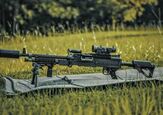
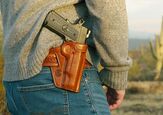
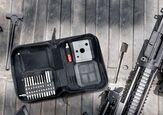






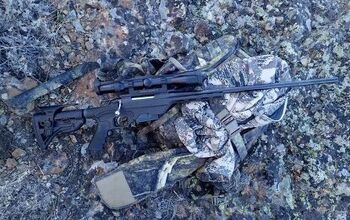
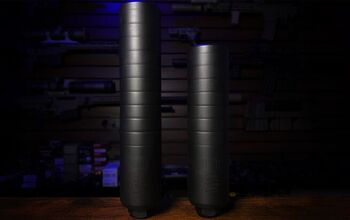
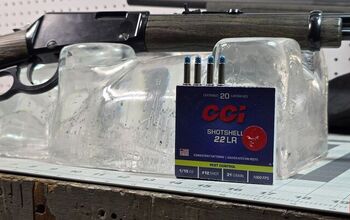



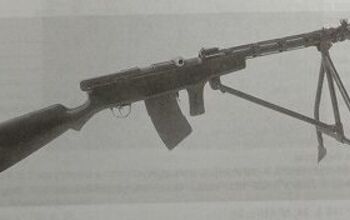


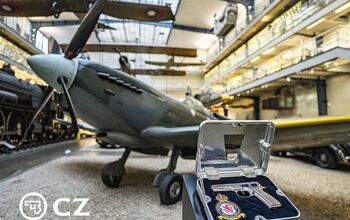
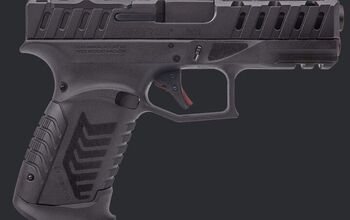



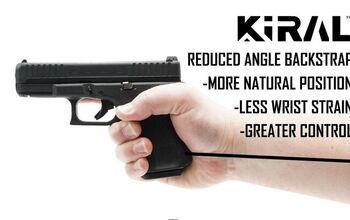

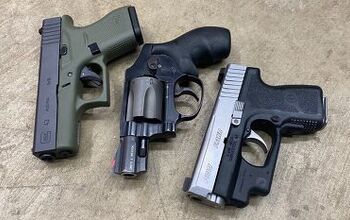
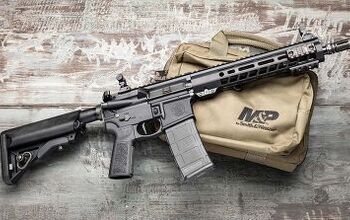
Comments
Join the conversation
You've done a fantastic job shedding light on the often-overlooked Maxim-Tokarev light machine gun. Your article masterfully balances technical detail with historical context, capturing not only the design ambitions of Tokarev and his team but also the broader logistical and operational challenges of the Red Army during that transitional era. It's a well-researched and engaging piece that highlights the MT's role as a critical stepping stone in Soviet small arms development, despite its short service life. A truly insightful contribution to early Soviet firearms history!